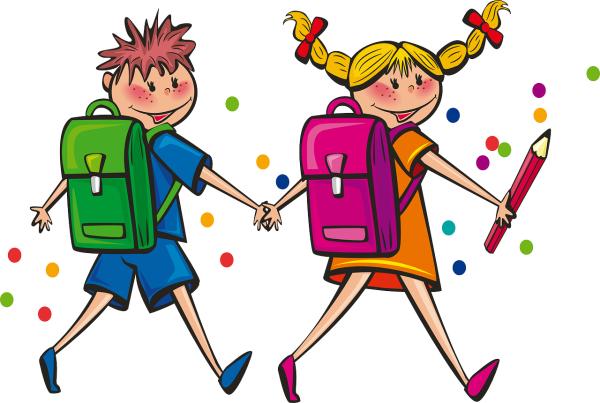Let’s begin with the disclaimers - single school, in Belgium, no vaccinations, and “evolving” mitigations. This study is probably the closest we get to an observational study without any of our current safeguards. It will tell us about the baseline and provide a comparison for data on the success or failure of our current multi-layered approach to mitigation.
The study involved the children, parents, and staff in one primary school from September to December 2020. Screening for COVID-19 was performed weekly for all participants. The screening test involved saliva samples “obtained after gargling” – it has a significant false-positive rate, but these tests were then confirmed by PCR testing, our current standard. Positive individuals were isolated for varying periods from 7 to 14 days.
- 181 participants, 35% children, 45% their parents, the remainder school staff and teachers
- The children were age 5 to 13, the adults mean age was 42.5
- Overall, there were 47 households, including 16 sibling pairs spread across 13 classrooms
The Results
During the study, 45 individuals tested positive for COVID-19, two-thirds adults. When accounting for the different population sizes, 20% of the children became infected, 27% of the adults. Infections were seen in 25% of the parents, 40% of the teachers, and 18% of the school employees.
As might be anticipated, the children were more frequently asymptomatic, and those that were symptomatic had a shorter period of symptomatic illness. There were no reported deaths or hospitalizations

The track and trace findings are depicted in this graphic. There are
- Ten adult-adult pairs
- Three child-child pairs
- Three adult-child pairs and two child-adult pairs
- 13 cases of transmission were related to school, 15 within households
There was very little mingling of cases between the adults and the children. More importantly, the cases where the child transmitted to the adult or vice versa were primarily the case of the virus coming home from school. No one who has grade school children will be surprised that children can bring COVID-19 home along with their homework; they bring home every seasonal disease there is.
As I said initially, the value of this study is in providing a baseline. The multiple layers of mitigation, masks, social distancing, and, most importantly, vaccination should decrease these numbers. The data on the adults speaks to the value of immunization of the teachers and staff. The data suggesting that the children can bring it home means that unvaccinated parents remain at risk.
Source: Transmission of SARS-CoV-2 After COVID-19 Screening and Mitigation Measures for Primary School Children Attending School in Liège, Belgium JAMA Network Open DOI: 10.1001/jamanetworkopen.2021.28757 (Reprinted)




